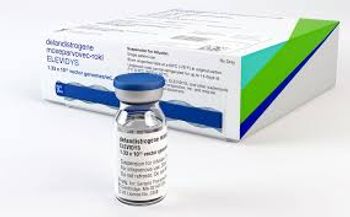
New funding mechanisms offer opportunity to improve access to diabetes education
Telephonic and personalized diabetes self-education programs which fit into patient’s busy lives will make a greater impact than in-person classes only.
Diabetes is one of the most costly chronic conditions. Teaching patients to manage their own condition is a cost-effective approach resulting in reduced complications and improved health outcomes.
However, the current reimbursement model leads to gaps in access to diabetes self-management education and existing program designs are not convenient for patients. Recent innovative policy changes and funding models offer the opportunity to test new diabetes education delivery methods. There is no one-size-fits-all approach to diabetes education, and in order to extend programs to a wider audience, a combination of in-person and digital/telephonic programs should be used. Utilizing telehealth and designing programs that fit into patients’ lives will dramatically expand participation.
Availability of diabetes education classes is limited
Education and disease management programs are commonly used by insurers to encourage behavior change. Programs that offer in-person group classes have been found to have a mixed impact. Medicare Part B reimburses accredited in-person diabetes self-management education (DSME).
Current reimbursement model limits accessibility
While Medicare Part B reimburses diabetes education and self-management programs, coverage varies among Medicaid and commercially insured populations. A recent
Innovative funding provides opportunity to expand access to diabetes education
To accelerate the shared government and provider objectives of reducing diabetes related complications and cost, innovative funding that expands access to diabetes education is necessary. The methods for achieving the objectives may be non-traditional. For example, Delivery System Reform Incentive Payment (DSRIP) programs provide funding to states in order to advance Medicaid payment reform and improve access to care, while reducing the cost throughout the healthcare system. Initiatives, such as DSRIP, give providers the opportunity to test new approaches with Medicaid populations in order to achieve outcomes and prevent complications at reduced costs. There is an opportunity to use DSRIP funding to supplement in-person DSME programs with virtual and telephonic education, which would improve access in urban areas, where in-person DSME classes might be inconveniently scheduled, and in rural areas that lack programs altogether. There is also an innovative national funding mechanism through the Medicare Advantage Value-Based Insurance Design (VBID) Program.
This is a prime opportunity to offer innovative diabetes self-management education programs that bridge the access and coverage gaps. If we rethink who pays for DSME, how it is delivered, and how people are given options to engage in DSME, it will be more likely that people with diabetes will receive the education that they need to improve their health.
David Weingard is CEO of
Newsletter
Get the latest industry news, event updates, and more from Managed healthcare Executive.

















































